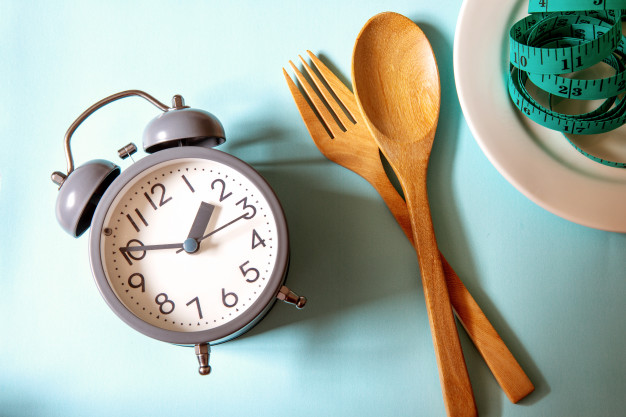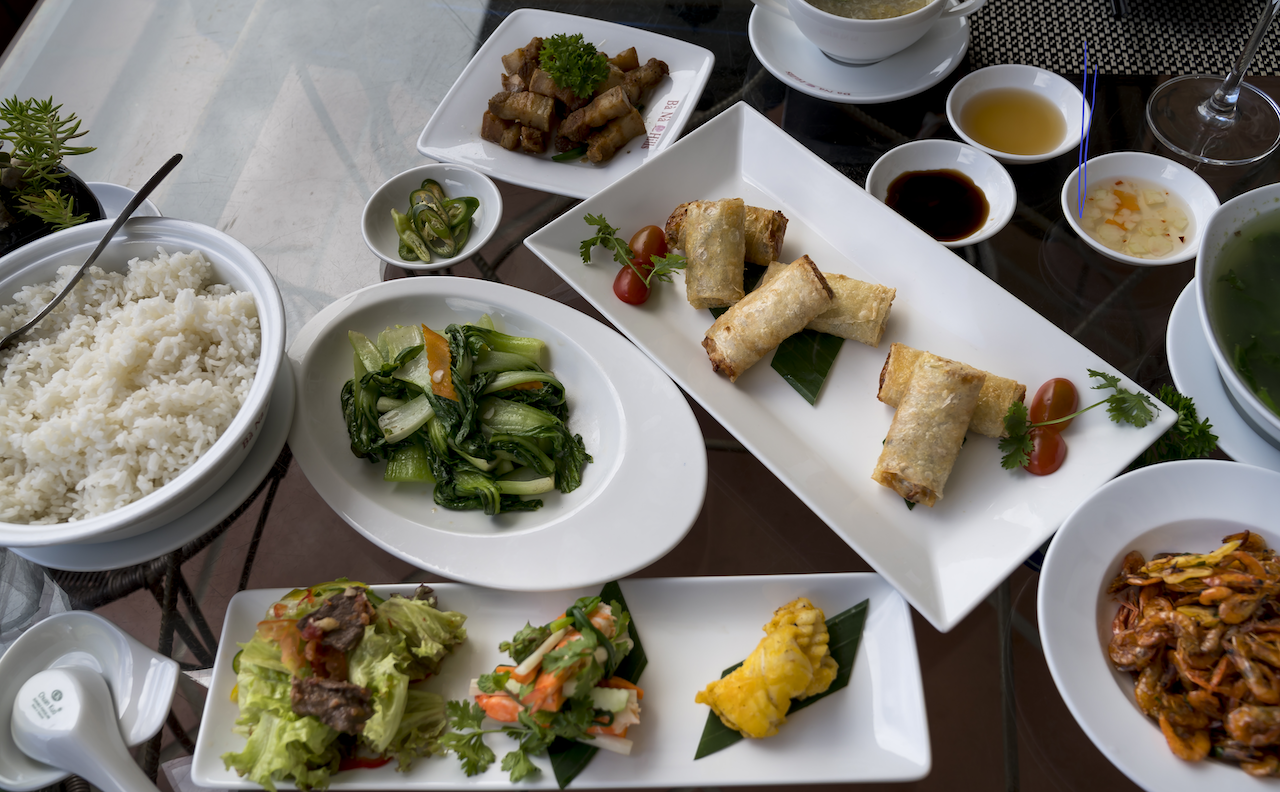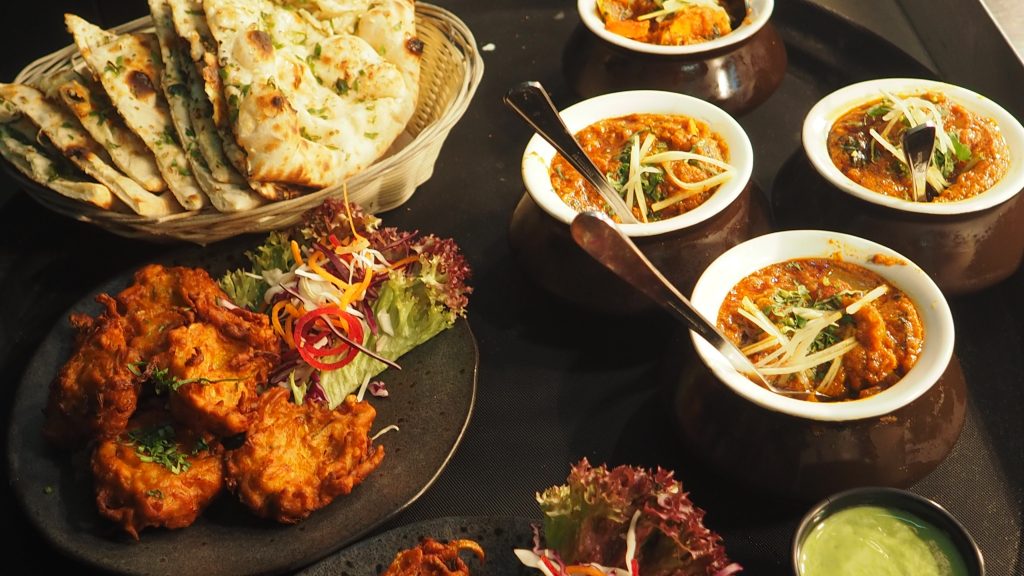Articles about what to eat are everywhere, but it’s time to take a step back and think about when and how you should eat. For most of us, the meal plan looks something like this: A light or skipped breakfast, a small lunch, and a large dinner. Does this sound familiar? But when you look elsewhere in the world, eating habits are quite different, with lunch being the biggest meal of the day. Their meal plans are made up of light, nutritious breakfasts, a large lunch and extended mid-day break, then a small dinner.
Our grandparents generation always had a hot meal at lunch followed by a light supper in the evening; it was convenient, provided energy throughout the day when people needed it most, and meant that they weren’t going to bed on a full stomach. Now that we’re working away from home the trend is to eat our main meal in the evening. Unfortunately, eating our kilojoules in the evenings may be one of the factors for the increasing obesity epidemic.
Making lunch the biggest meal of the day can have several interesting health benefits. Let’s take a look at a few:
Fueling up makes sense earlier in the day, when your body needs the most calories for energy. That’s why the largest meal of the day occurs in the afternoon. Ideally you want to give yourself fuel before you do harder labor. A fairly large meal that is full of salad and vegetables is big in volume but light in calories. High noon is the best time for the main meal of the day.
In Ayurveda, Agni or digestive fire is associated with the sun. In the morning, as the sun rises, digestion is not yet at its peak. When the sun is strongest from 12 p.m. – 2 p.m., the body’s digestive fire is also the strongest. This is the best time to consume the largest proportion of daily nutrients.

Eating a large meal before we wind down for the day doesn’t exactly do our metabolism any favors. In fact, this late consumption of extra calories is more likely to get stored as fat. On the other hand, if you make lunch your biggest meal of the day, then that food can be turned into usable energy, all while burning those extra calories through your regular daily activities.
Recent studies showed that women who ate the bulk of their kilojoules during the day lost more weight than those who ate most of their kilojoules in the evening. And importantly, they also showed better insulin levels that helps in digestion of food and also impacts our appetite.
We all know what happens when you don’t eat well or enough during lunch — you just end up starving, hangry, and craving unhealthy food later in the day. But, if you stop to eat a larger, nutritious meal in the middle of the day, your body and mind will be better equipped to make smarter decisions. You will be fuller and less tempted to reach for junk food and snacks.
To maintain energy levels so that you can perform and function to the best of your ability each day, consider incorporating larger lunches into your daily routine. Of course, this is not an excuse to overeat. A larger lunch should still be well-balanced. Here’s how you can eat your main meal during the day:
- Ensure that your main meal includes a serve of protein, a serve of grains, and a couple of serves of vegetables. For example, try cold roast meat, cold roast vegetables, lentil curries, chicken casserole, or vegetable frittata and salad.
- Veggies such as broccoli, carrots, beans, red peppers and 2 ounces of meat, cheese, egg will add volume and flavor to your dish. You can still eat a platter, but with fewer calories.

- Allow yourself dessert after lunch: allow yourself a healthy dessert such as fruit and yogurt or fruit salad to provide some additional kilojoules during the day.
- Plan light evening meals containing less than 1500 kilojoules such as soups, salads, or sandwiches.
Ensure digestive harmony within your own body with these tips and your body will Thank you!

